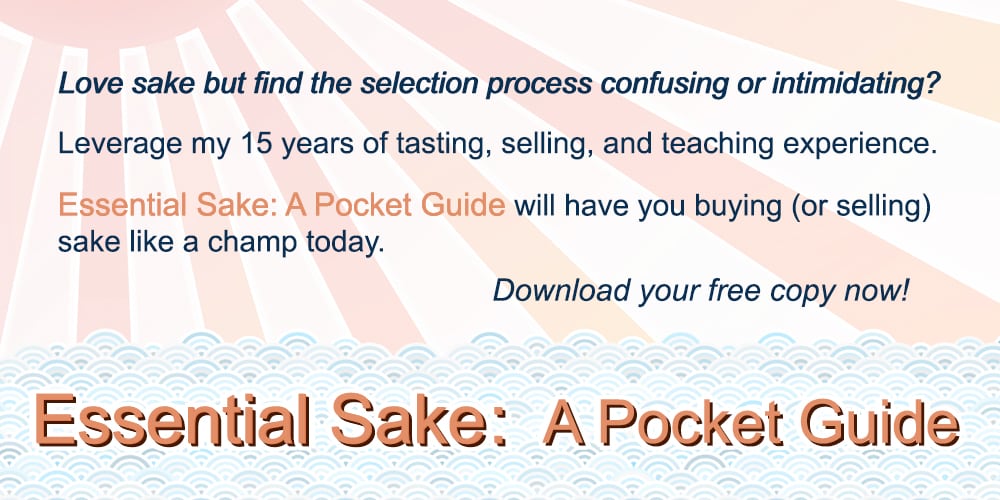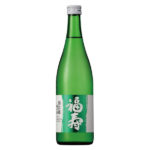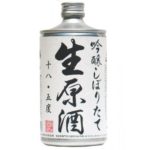Sake yeast is the unsung hero of rice wine production. While the choice of sake rice gets a lot of attention, yeast has more impact on aroma, flavor, and alcohol content.
In 1906, the first pure sake yeast culture was extracted. Many types of sake yeast have been isolated since. This article explores the most important strains, as well as newer types and discarded varieties.
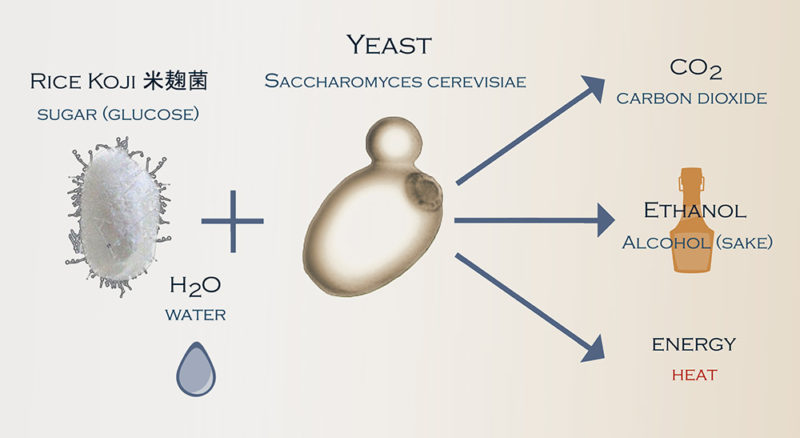
What is Sake Yeast?
Sake yeast (Saccharomyces cerevisiae) is a single-cell fungus that occurs naturally in our environment. It’s the same species used for brewing ale, fermenting wine, and baking bread. Different strains are used for each, but they’re all yeast. though each utilizes different strains.
Sake yeast, called kobo (酵母), convert glucose into alcohol and carbon dioxide. They do this as they metabolize the sugar and reproduce.
Without yeast, there is no alcohol, and therefore no sake.
Why is Sake Yeast Important?
The aroma is largely determined by the toji’s (brewmaster) choice of yeast. It also impacts the flavor, acidity, final alcohol concentration, and texture. Nothing impacts a sake more than the type of yeast.
There are many different types of yeast used for making sake, which we’ll discuss in detail below.
Brewers know the desired flavor profile of sake they want to produce before they begin. Often, the whole process begins by choosing a specific strain of yeast.
If a toji wants a sake that’s aromatic with notes of apples and a dry profile, there are types of yeast that can do that. If they want to brew an earthy, acidic, and sweet sake, there are yeast options for that too.
Where to Buy Sake Yeast
The Brewing Society of Japan (Nihon Jozo Kyoukai 日本醸造協会) is the primary source for sake yeast. In 1906, they became the first to produce and distribute pure yeast strains. However, you have to be a licensed brewer in Japan to buy their products.
If you live outside of Japan, White Labs is probably your only choice. They sell the two most popular strains of yeast. Number 7 is good for brewing earthy sake, while number 9 is better for fruitier ginjo-shu.
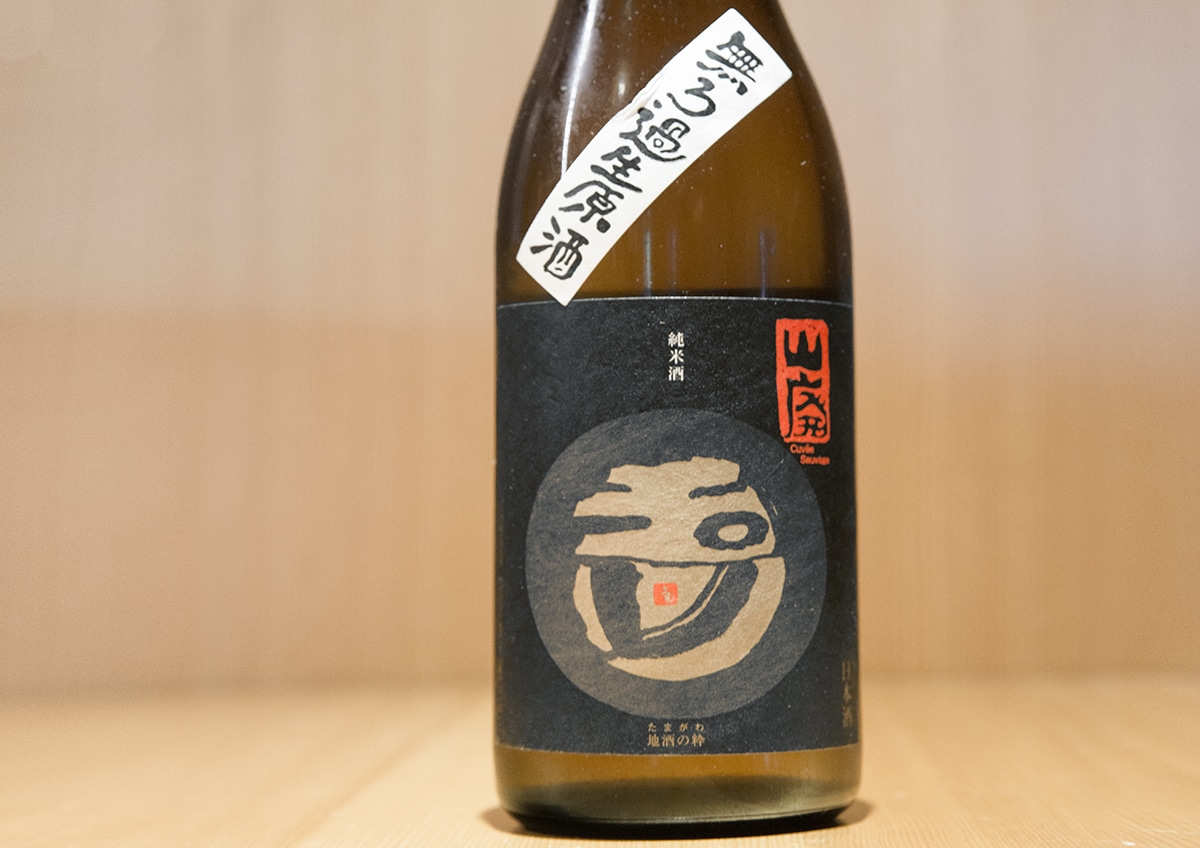
Can You Brew Sake with Native (Ambient) Yeast?
Yeast is all around us, we just can’t see it. So are a bunch of other microbes. Native yeasts are these collective microbes, and they will ferment sake if you let them. Until only a century ago, all sake was brewed with naturally occurring yeast. However, this practice has mostly died out.
And there are a couple of reasons for this.
One is that sake spoils easily, and there’s a risk of undesirable outcomes by brewing with ambient yeast. Many of the yeasts that are ambient will ruin a batch of sake if they take over. They can lead to off-flavors, stuck fermentations, or cause other faults.
Sake brewers operate on perilously thin margins. A ruined tank of sake can be devastating.
But a few breweries utilize their kuratsuki kobo (house yeast) in spite of the risks. Tamagawa and Kenbishi are the most well-known. The sake they produce is extremely earthy and vibrant. But it’s also complex and delicious. Their sake ages remarkably well, which is not something sake is known for.
Another reason for the widespread use of commercial yeast has to do with modern brewing methods. In 1904, the sokujo moto method yeast starter was invented. And it requires a pure strain of yeast.
Yeast and Sparkling Sake
Yeast is responsible for the bubbles in quality sparkling sake, just like with sparkling wine. This is because they produce CO2 as a by-product of fermentation. As long as there’s enough sugar in a sake, active yeast will produce this bubbly gas. The bubbles are trapped when this happens in a sealed bottle or tank.
Most cheap sparkling sake doesn’t get bubbles from yeast. CO2 is forced into the liquid instead. These bubbles are bigger and soda-like. They also don’t last as long. The good stuff made from yeast will have more delicate and long-lasting bubbles.
Check out the Japan Awasake Association for information about quality sparkling sake.
Types of Sake Yeast
There are a number of yeast strains that have been isolated for sake brewing. This is because they produced a reliable fermentation with desirable aroma and flavor characteristics.
The Brewing Society of Japan is the organization responsible for isolating almost every yeast strain on this list. Their name in Japanese is Nihon Jozo Kyokai and the yeasts they produced are often called Kyokai kobo, or Association yeast.
In 1906, the first sake yeast strain was isolated. It was collected from yeast starter at Sakura Masamune in Nada. Starting in 1917, Kyokai kobo #1-5 were distributed to breweries with numbers, as they were developed. The original five were no longer distributed once yeast #6 was developed.
Today, the Brewing Society of Japan is still responsible for distributing most of the sake yeast in the country.
Some of these yeast strains have gone out of use. This is often because they produce too much acidity.
Foamless Yeast – Awa Nashi Kobo
Cleaning a kura isn’t sexy. But you can’t leave the dried foam in sake tanks. Microbes inside can ruin the next batch. So foamless yeast variants were derived for many of the major strains.
Without the foam rising high in the tank, the batch becomes easier to work with. And the tanks can be smaller, as well.
Foamless yeast has become extremely popular for these reasons.
These yeast strains use the suffix -01. For example, sake yeast #9’s foamless variation is #901.
Kyokai No. 601, 701, 901, 1001, 1101, 1401, and 1501 are all available through the Brewing Society of Japan.
Early Sake Yeast Strains
The early sake yeast strains aren’t currently distributed. In the years they were utilized, brewing knowledge and technology weren’t as advanced as today. Sake brewing knowledge has advanced cumulatively, and today, brewers are able to deal with the challenges of early Kyokai Kobo types.
#1 Yeast (1号酵母) – Kyokai Kobo No. 1
Sake Yeast #1 was isolated in 1906 from shubo at Sakura Masamune. This Nada, Kobe sake brewery is one of the oldest in Japan.
Kyokai Kobo No. 1 was one of the original five Kyokai kobo. It fell out of favor long ago, however. This is mostly because it produced very high acidity. On the positive side, Kyokai Kobo No. 1 has a rich and mellow flavor.
This historic yeast strain was discontinued in 1935 and was thought to have been lost during World War II. Luckily, it was rediscovered in 2001. Sakura Masamune recently revived the strain from yeast preserved at the Association. The brewery now produced a junmai daiginjo using #1 yeast.
Besides Sakura Masamune, Kinoshita Shuzo (Tamagawa) and Senjo Craft Lab released sake brewed with sake Yeast #1.
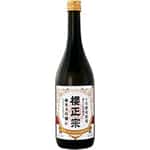
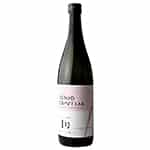
#2 Yeast (2号酵母) – Kyokai Kobo No. 2
Sake Yeast #2 was isolated at Gekkeikan in Fushimi, Kyoto sometime in 1912. The culture was derived from raw shinshu (new sake).
Kyokai Kobo No. 2 is another rare yeast strain due to its high acidity and weak fermentation power. It was another of the original Brewing Society yeast strains but was discontinued in 1939.
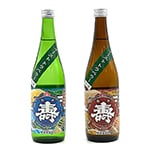
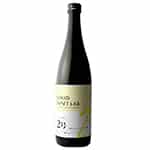
#3 Yeast (3号酵母) – Kyokai Kobo No. 3
Sake Yeast #3 was also derived from raw shinshu. It came from Suishin Yamane Honeten of Mihara, Hiroshima and was isolated in 1914.
Kyokai Kobo No. 3 is another rare yeast. Its distribution ended around 1931. High acidity and a reduction of quality during storage were the reasons for its demise. However, the sake produced by Yeast #3 was considered excellent. The aroma of this yeast is noted for its muscat grape-like character.
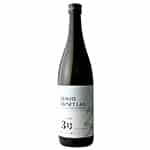
#4 Yeast (4号酵母) – Kyokai Kobo No. 4
Yeast #4 was isolated from shubo at an unknown Hiroshima sake brewery in 1924.
Like the other original Kyokai yeast strains, Kyokai Kobo No. 4 fell out of favor. High acidity and lack of shelf stability were to blame. However, #4 produced high-quality sake with a yogurt-lactic quality.
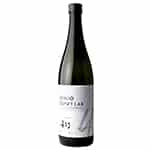
#5 Yeast (5号酵母) – Kyokai Kobo No. 5
Sake yeast #5 was isolated from shubo at Kamotsuru in Saijo, Hiroshima in 1925. Distribution ended in 1936 in favor of Kyokai Kobo No. 6.
Like the other early sake yeast strains, No. 5 is rarely used today. High acidity in the finished sake is to blame. But the sake made from Yeast #5 is said to have a pleasant ginjo-ka (ginjo aroma) with a floral, muscat-like quality.
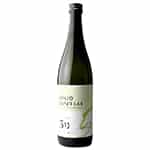
Traditional Sake Yeast Strains
These Kyokai yeast were introduced between 1935 and 1990. Most of them are in use today to some extent. And a few are sake brewing industry workhorses.
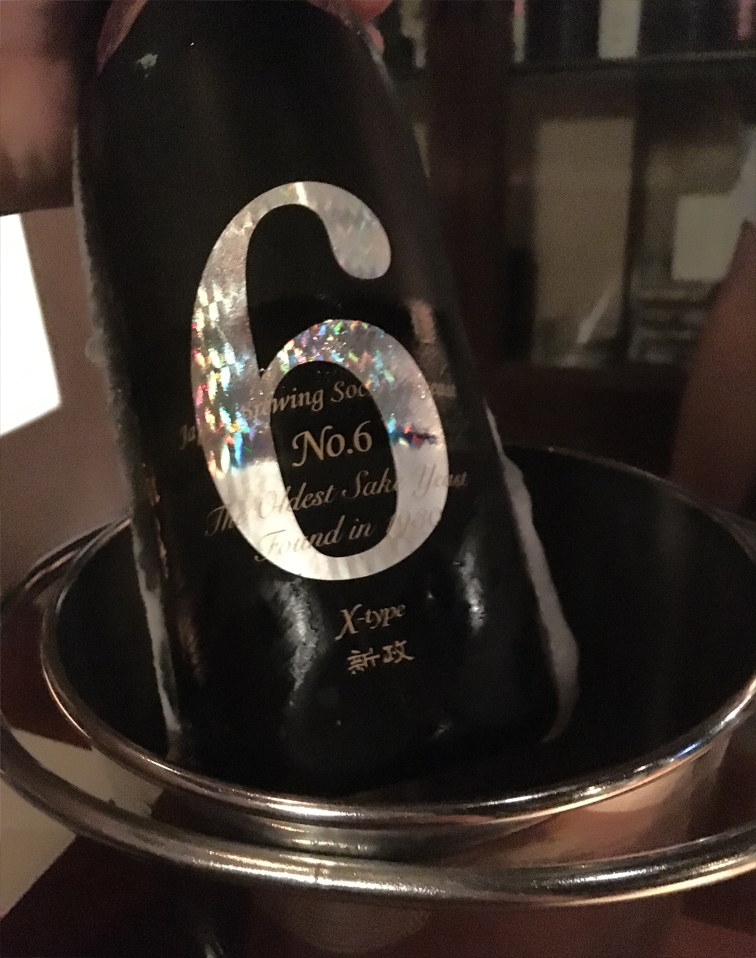
#6 Yeast (6号酵母) – Kyokai Kobo No. 6
Sake Yeast #6 is the oldest still in use today. It was isolated from moromi at Aramasa in Akita in 1935. The brewery still uses this yeast today for many of its sake. A few brewers in Yamagata and Hiroshima use #6, as well.
Kyokai Kobo No. 6 produces a robust fermentation. Sake brewed with it tends to have a muted aromatic intensity. The acidity produced by this yeast is relatively high, but the sake are often mellow in flavor.
A foamless mutation of No. 6 called 601 was isolated in 1969.
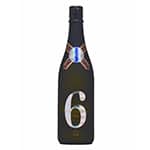

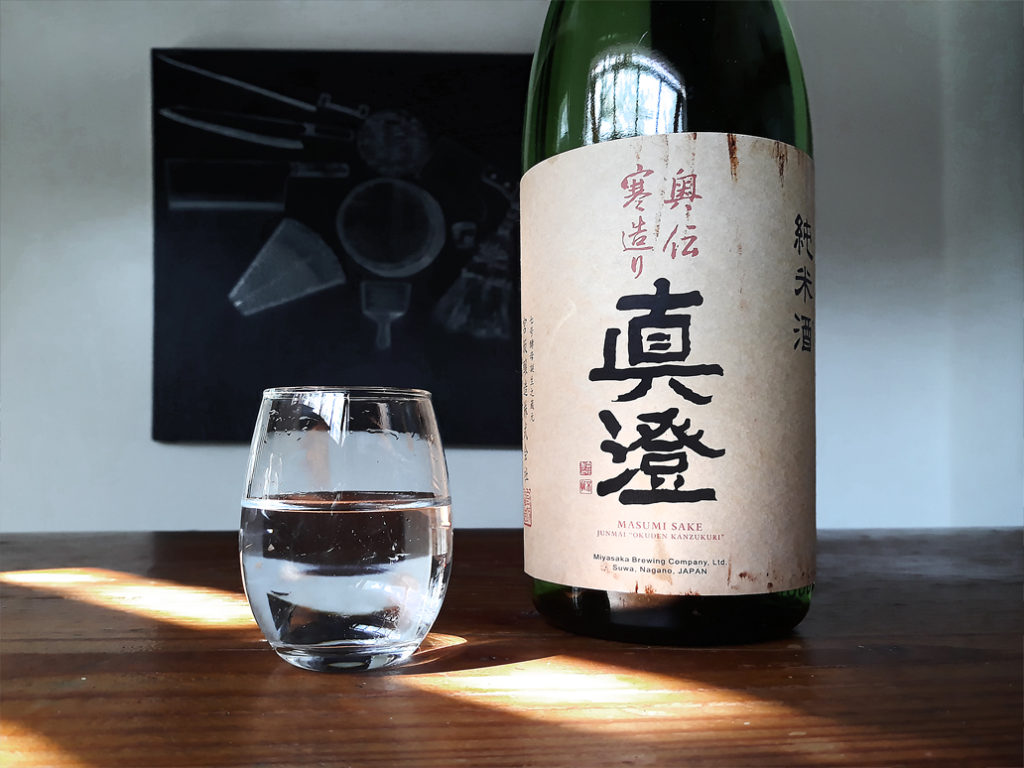
#7 Yeast (7号酵母) – Kyokai Kobo No. 7
This is the most popular yeast strain in use today. Yeast #7 was isolated in 1946 at Masumi in Nagano.
Kyokai Kobo No. 7 produces reliable and vigorous fermentation. The sake it makes is typically mellow and slightly fruity. Banana and bubble gum notes are very common. #7 Yeast can produce acidic sake, but this can be controlled in the brewery.
While this is the most widely used sake brewing yeast, it’s mainly used for junmai, honjozo, and futsushu. For brewing ginjo-shu, #9 and #10 are significantly more popular.
Masumi Sake and the Birth of Yeast #7
Masumi sake swept the top awards at the national sake appraisal in 1946, and it didn’t go unnoticed. Dr. Shoichi Yamada of the Brewing Society of Japan quickly visited the brewery to see what was up. And he discovered Masumi had some unique and special brewing yeast.
Masumi’s yeast was isolated and soon after was available through the Brewing Society.
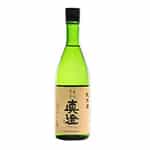
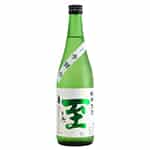
#8 Yeast (8号酵母) – Kyokai Kobo No. 8
Yeast type #8 is another phantom strain that’s rarely seen today. It’s said to be a mutation of Kyokai Kobo No. 6, but there is some doubt. It was isolated in 1960.
The distribution of Yeast #8 was discontinued in 1978. As usual, too much acidity in the final sake is principally to blame. But acidity in sake isn’t necessarily a bad thing. Kyokai Kobo No. 8 makes a rich and very sharp sake with juicy tropical fruit notes.
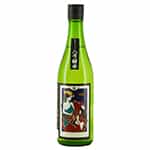
#9 Yeast (9号酵母) – Kumamoto Kobo
Yeast #9 is the most popular strain for brewing ginjo-grade sake. It was isolated in 1953 by the research brewery Koro in Kumamoto. The Brewing Society of Japan obtains its yeast from Koro every year to ensure it’s as pure as possible.
Kumamoto Kobo (熊本酵母) produces an intense and reliable fermentation. The sake it produces is often fragrant, fruity, and floral. It also regularly yields a slightly acidic finish.
One Ginjo Yeast, Many Aliases
Researchers at Koro isolated two similar strains, which are called KA-1 and KA-4. Brewers can obtain these strains from Koro. The Brewing Society also distributes it as Yeast #9.
Some prefectural sake brewing organizations also get this yeast annually from Koro. They then propagate and distribute it within the prefecture. This practice is most well-known in Yamagata, and they label it Yamagata KA.
Regardless of the source of the name and source, all of these Koro yeasts are essentially the same.
For more perspective, check out what sake master John Gauntner writes about #9 on his Sake-World blog.
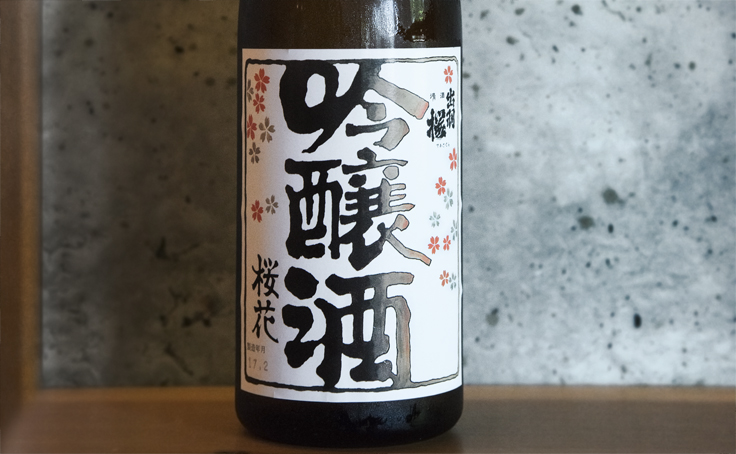
#10 Yeast (10号酵母) – Ogawa Kobo
Yeast #10 was isolated in the 1950s by Chikara Ogawa. It’s sometimes called Ogawa Kobo (小川酵母), for obvious reasons.
After Yeast #9, this is probably the most popular yeast for brewing ginjo sake. It’s especially popular in the Tohoku region of northern Japan.
One of the reasons for #10’s popularity up north is that it ferments very well, but slowly, at low temperatures.
Sake brewed with Ogawa Kobo tends to be aromatic but with low acidity.
Curiously, this yeast doesn’t get along with omachi rice, so there two aren’t often paired together.
#11 Yeast (11号酵母) – Kyokai Kobo No. 11
This sake yeast is a mutant strain of #7. It was isolated in 1975. #11 Yeast is not very common, but it has some unique properties.
Yeast #11 is highly tolerant of alcohol, which means it can be used to brew very dry sake. It also produces a high level of acidity but low levels of amino acids.
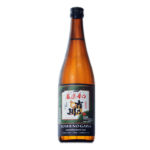
“Gensen”
Futsushu Karakuchi
#12 Yeast (12号酵母) – Kyokai Kobo No. 12
Sake Yeast #12 is a phantom yeast that’s rarely used today. It tends to produce very high levels of acidity.
#13 Yeast (13号酵母) – Kyokai Kobo No. 13
Like Yeast #12, #13 is rarely used today, and for the same reason.
#14 Yeast (14号酵母) – Kanazawa Kobo
Yeast #14 was first isolated in 1922, but it didn’t catch on. In 1991, the Kanazawa Regional Tax Agency, which had some in storage, re-introduced the sake yeast strain. For this reason, it’s often called Kanazawa Kobo (金沢酵母).
This sake yeast must be fermented slowly at cold temperatures. It yields low-acid, malic (apple, pear) sake.
This yeast strain is very popular in the Hokuriku region and in Shizuoka prefecture.
#15 Yeast (15号酵母) – Akita Flower Yeast, AK-1
This sake yeast was isolated in Akita in 1996. It’s often called AK-1.
AK-1 ferments at low temperatures. It tends to produce aromatic, complex, and low-acid sake.
Modern Sake Yeast Strains
Modern strains of sake yeast focus on one specific characteristic. Typically these strains are very fruity with high aromatic intensity. But high acidity types have also been developed.
#16 and #1601 Yeasts – Hachiroku (8-6)
Hachiroku was discovered at Gekkeikan in Fushimi, Kyoto. It’s a mutant strain of Yeast #10. In 1994, the Brewing Society of Japan isolated the foamless version.
#16 is an uncommon yeast type. Sake brewed with it are extremely aromatic. This yeast also tends to produce high amounts of caperatic acid (strawberry).
#1701 Yeast (1701号酵母) – M310 – Meiri Kobo
This is another yeast variant of #10. It’s sometimes called M310 (M310酵母) or Meiri Kobo (めいり酵母). The foamless version was isolated at the Brewing Society of Japan.
#1701 is an extremely aromatic sake yeast strain. It produces high levels of caperatic and isoamyl acetate. This can lead to aromas and flavors of banana and strawberry. Dried flowers, umami, and musky notes are also produced by this newer strain.
#1801 Yeast (1801号酵母)
Sake Yeast #1801 is a newer foamless strain. It produces very fruity sake that’s low in acidity and mellow.
KT901
Kyokai No. 901 is a mutant strain of 901 that was isolated in 2008. It produces sake with a rich taste and much higher acidity than #9 or #901. It also has increased levels of malic (apple, pear) and succinic (sweet, shellfish) acids.
Prefectural Yeast Strains
Many prefectures and brewing centers are actively cultivating new types of sake yeasts. The idea is to build a sense of terroir within a given region.
These new local yeast strains are often combined with local rice and water for maximum effect.
Alps Yeast (アルプス酵母)
Alps yeast was isolated in 1991 in Nagano. It’s a distant relative of Kumamoto yeast.
This yeast strain has evolved over the years. In the past, it was quite aromatic and produced sake with notes of banana and strawberry.
A newer mutation has become more popular, however. It tends to have a less fragrant aroma and a more mellow flavor.
Shizuoka Yeasts: HD-1 and NEW-5
These two yeast strains were developed in Shizuoka in 1975.
HD-1 is often used for competition sake. It’s typically very aromatic, light-bodied, and low in acidity. This yeast can produce vibrantly fruity sake.
NEW-5 is a very popular sake yeast in Shizuoka. It’s similar to HD-1 but makes less intense sake. Acidity levels are still low in NEW-5.
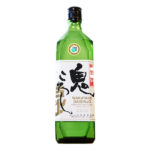
Onikoroshi “Demon Slayer”
Junmai Daiginjo
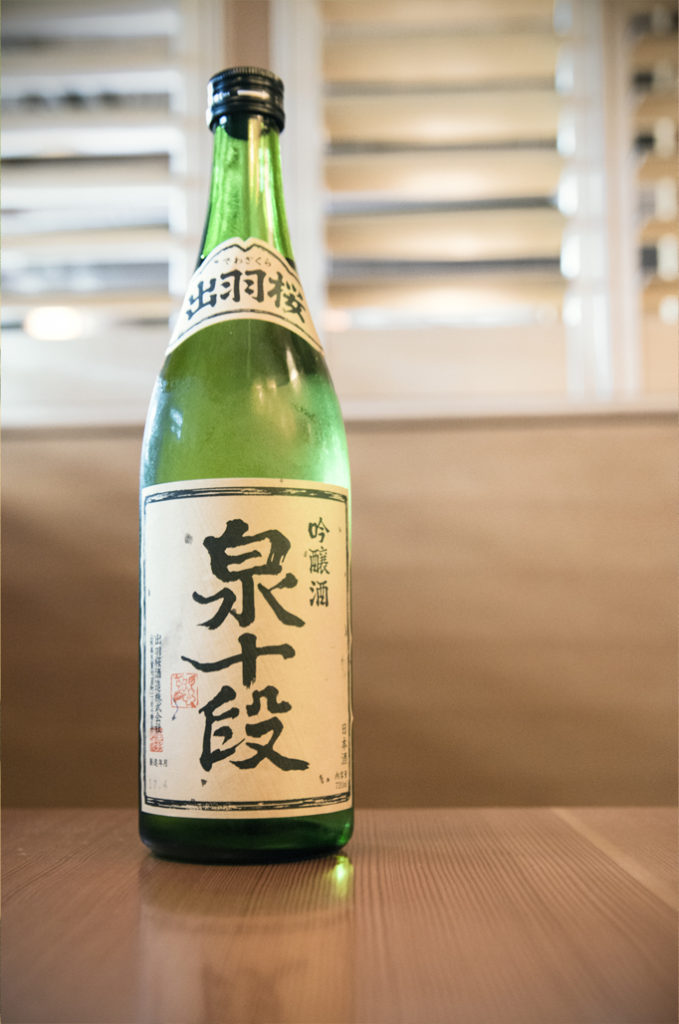
Yamagata Yeasts: YK-0107 & YK-2911
YK-0107 and YK-2911 are both from Yamagata. They tend to produce aromatic, light, and fruity sake. This is why they’re mainly used to produce ginjo-shu.
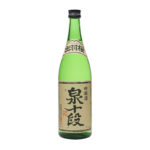
“Izumi Judan”
Ginjo
Fukushima Yeast F7-01
F7-01 is a popular sake yeast strain from Fukushima prefecture. It tends to produce mildly aromatic, soft, and low-acid sake.
Hiroshima Ginjo Yeast
Hiroshima Ginjo Yeast used to be very popular in its namesake prefecture. Today, many other ginjo yeasts are preferred. Nevertheless, this yeast strain produces extremely fruity, rich, and full-bodied sake.
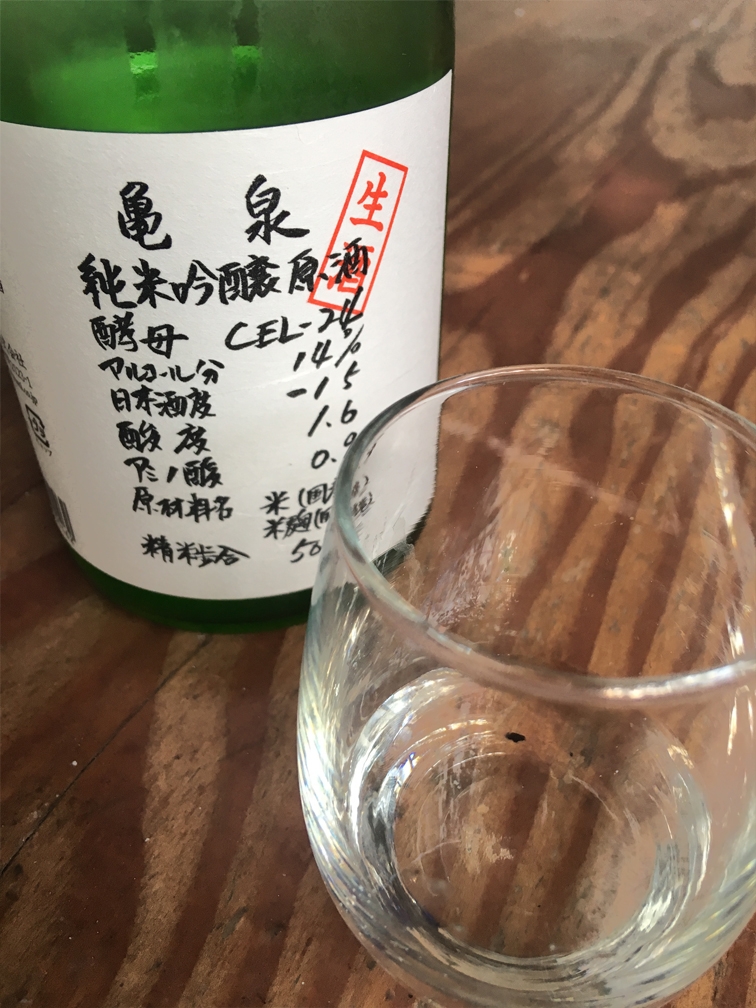
CEL 19 and CEL 24 Yeast
These two yeast strains were developed in Kochi in 1991. Each qualifies as a modern style.
CEL 19 produces very aromatic sake with notes of strawberry and banana. The flavor of CEL 19 sake is often light. Sweet or dry sake can be made with this yeast.
CEL 24 is a cousin of CEL 19. It’s similar overall though the sake it produces is even more intense.
Flower Yeast
Many different yeast strains are found in and near flowers. The Tokyo Agricultural University has been a major player in isolating some of them for sake brewing.
Flower yeasts are often used in conjunction with normal sake brewing yeasts. This is mostly so that reliable fermentations can be produced.
Sake brewed with flower yeasts is often highly aromatic with elevated levels of acidity.
Sources
- Sake School of America, Certified Sake Advisor course
- Japan Sommelier Association, JSA Sake Diploma course
- Brewing Society of Japan
- The Society for Nada Sake Research
- Masumi Sake
- Senjo
Follow the Japanese Bar on Social Media
Connect with our latest posts, the newest Japanese beverage info, and get exclusive promotional offers. Level-up your sake IQ!
